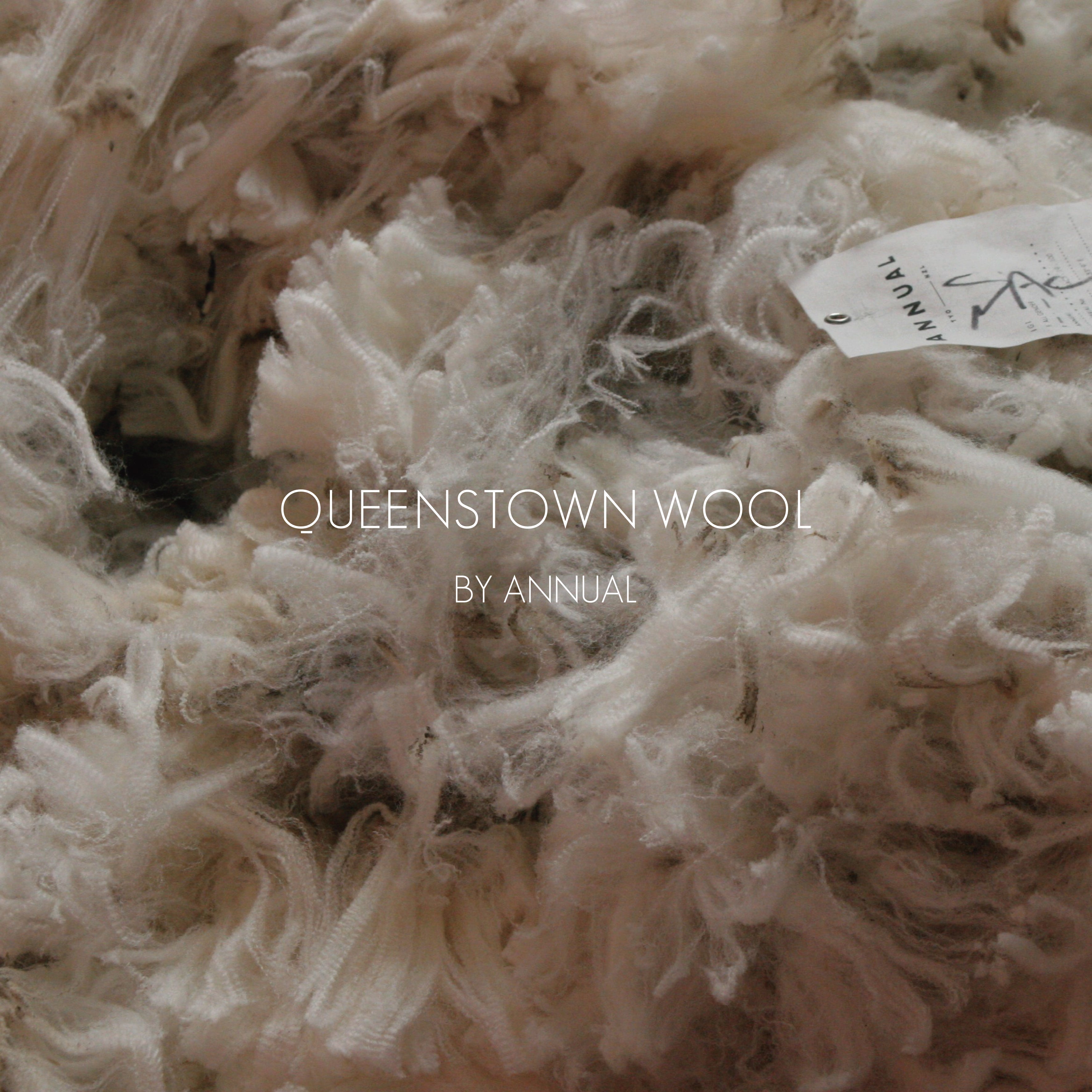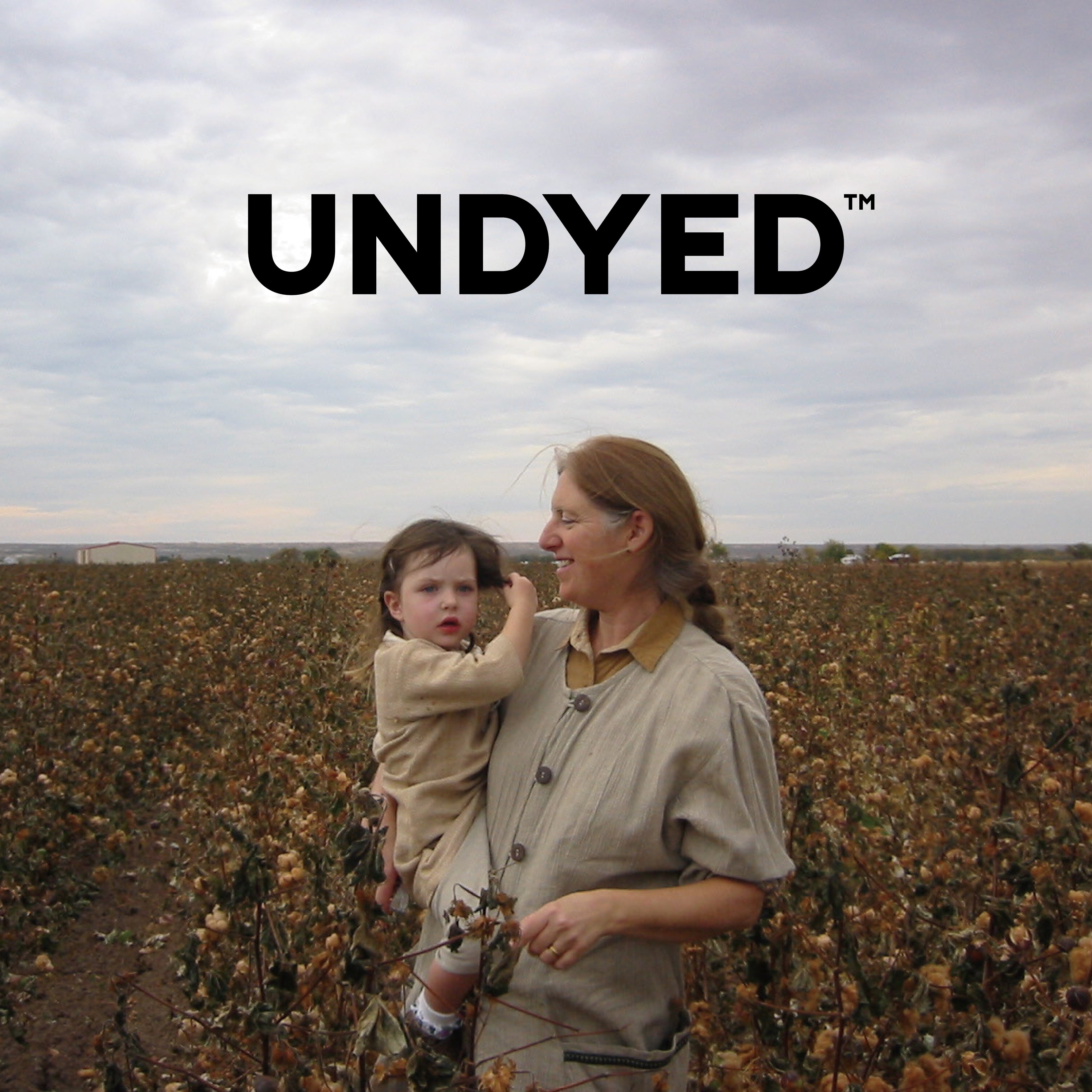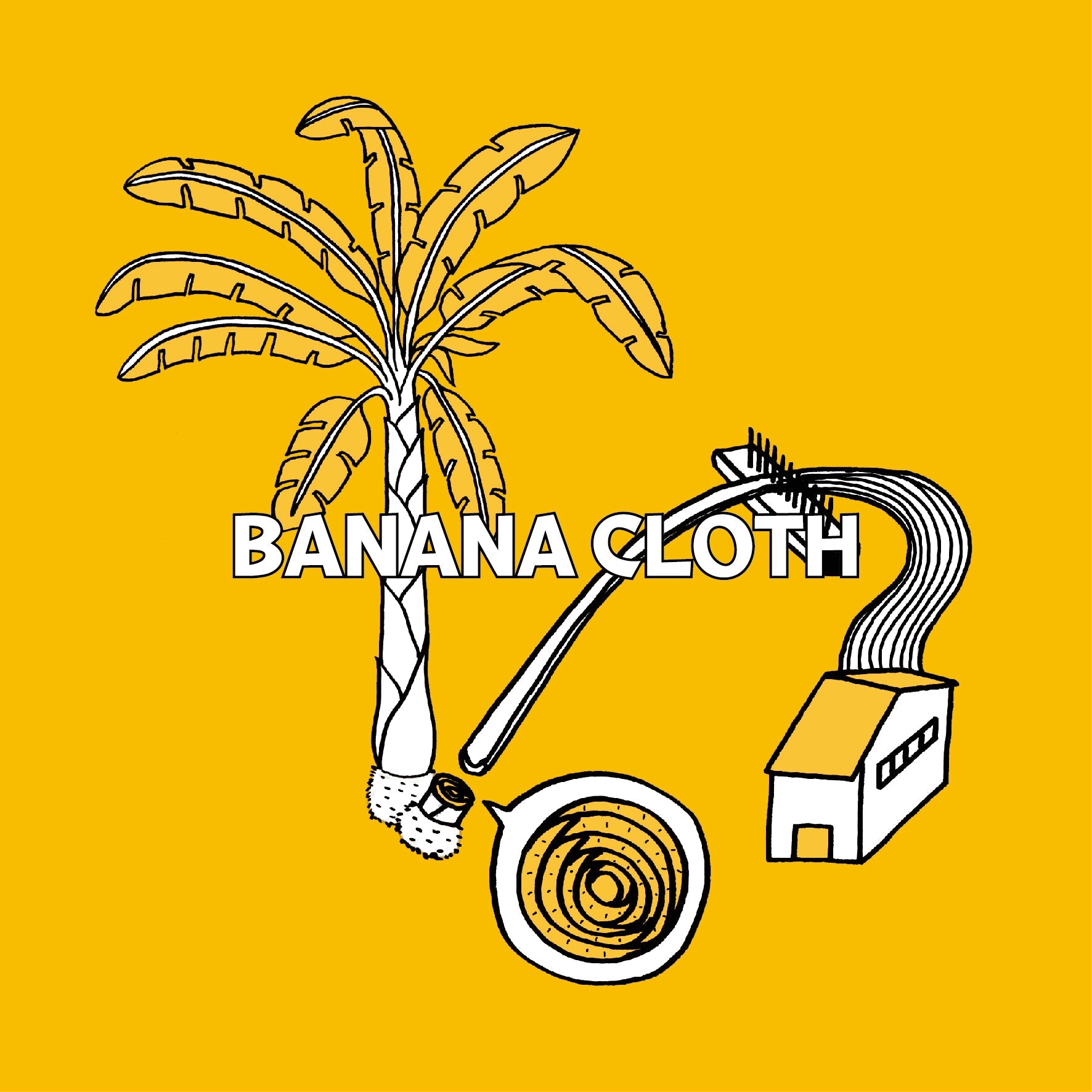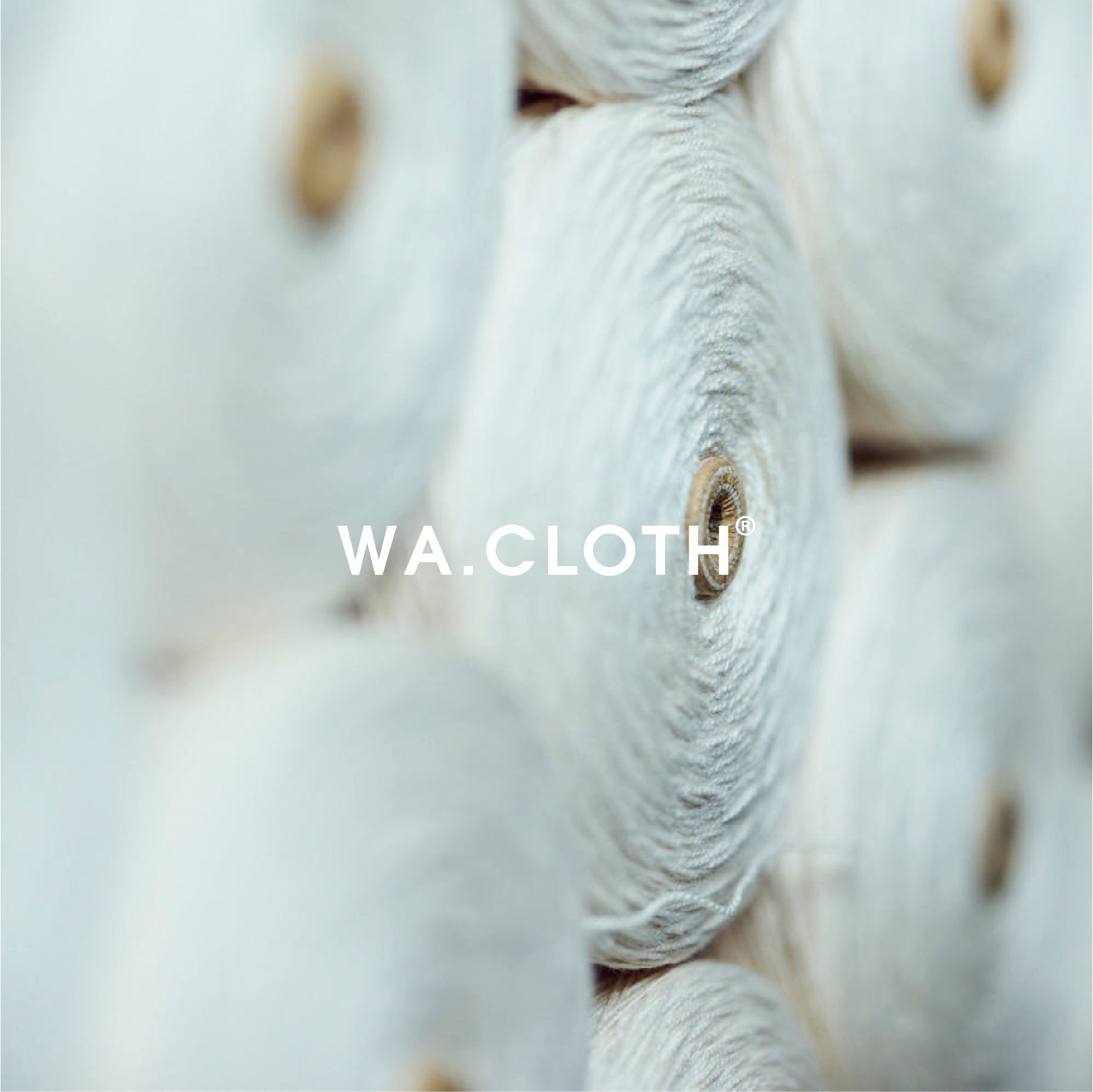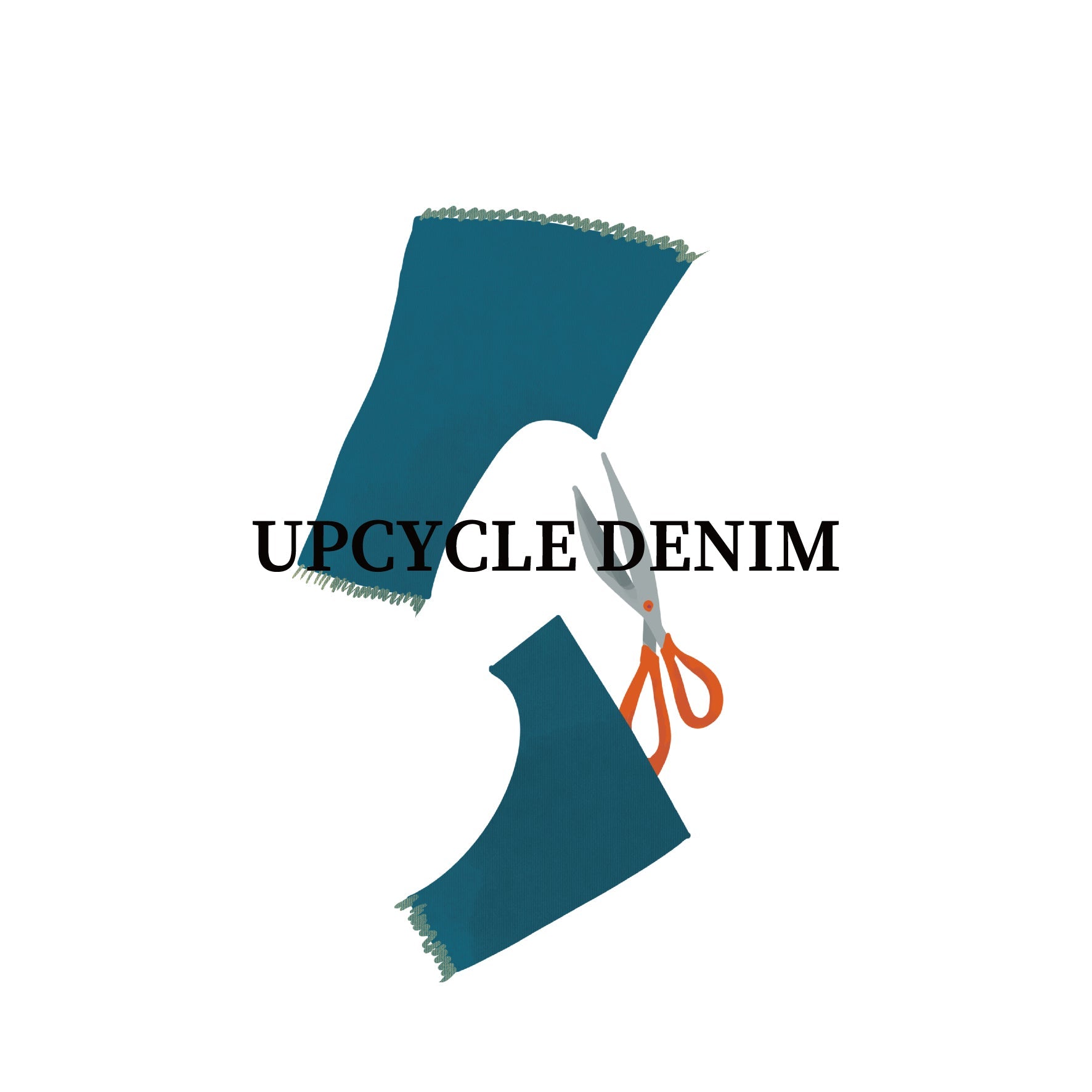
New Zealand Wool: Naturally Durable and High-Quality Fiber
New Zealand is renowned for its breathtaking landscapes, which are vast and beautiful enough to be featured as filming locations in major films. This expansive nature also provides ideal conditions for sheep, allowing them to graze freely and grow robust, high-quality wool without stress.

In Queenstown, located on the southern part of New Zealand’s South Island, sheep endure extreme conditions, with temperatures rising above 30°C in summer and dropping to -20°C in winter. To survive these temperature fluctuations, New Zealand sheep have wool with a unique crimped structure, known as crimp, which traps insulating layers of air, protecting them from external temperatures. This structure not only helps the sheep but also results in wool that’s perfect for creating warm, insulating knitwear.
The Benefits of New Zealand’s Climate and Animal-Friendly Practices
The significant temperature variation in New Zealand has an additional benefit. In some countries, a practice called mulesing is performed to prevent parasite infestations in sheep. However, New Zealand’s harsh climate naturally limits the presence of these parasites, eliminating the need for such practices and allowing for cruelty-free wool production. Mulesing is even prohibited by law in New Zealand, making this wool more ethical and animal-friendly.

Auctioning and Quality Assessment of New Zealand Wool
After shearing, New Zealand wool goes to auction. New Zealand and Australia are major wool producers globally, and raw wool from these countries is gathered in Australia, where wool buyers from around the world assess it. Wool is graded by quality, with some buyers basing their decisions solely on numerical data. However, we work with wool buyers who personally evaluate the raw wool for factors like strength and fineness, ensuring the final product retains exceptional softness and quality.

From Raw Wool to Yarn: The Production Process
After purchasing, the wool is shipped to China for spinning. Initially, the wool undergoes scouring to clean it of impurities. The clean wool is then carded, forming rope-like bundles called tops. Dyeing at the top stage creates a mélange effect, as various colors are blended before spinning. Next, the tops are drawn out through a process called full spinning and twisted to create yarn.

First, the wool that has just been sheared on the farm is dirty, so it goes through a process called "washing" to wash it.
Once the hair is cleaned, the individual fibres are separated and made into rope-like bundles called cards.
The fabric is then stretched using a comb with fine needles, and when wound up it becomes the "top" which is the raw material for thread.
Dyeing the top at this stage allows various colors to be combined to create yarn, creating the melange look that is unique to tops.
After that, it moves to a process called full spinning, where it is stretched thinly from the top, and then twisted to finally become thread.

Our Unique Yarns
At our knitwear factory, we work with two types of yarn:
Woollen Yarn (Bōmōshi): This thick, lightly twisted yarn emphasizes the natural softness of wool. Our original yarn blends 17.5-micron New Zealand wool with cashmere from Inner Mongolia. Typically, wool measures around 19–24 microns, while cashmere is around 14–16 microns. The finer the yarn (lower microns), the softer and less prickly it feels. For comparison, human hair is about 70–80 microns thick. Unlike top dyeing, yarn dyeing allows for smaller dye lots, minimizing surplus stock and waste.
Worsted Yarn (Somōshi): This fine yarn is developed using a combination of compact spinning and Sirospun techniques, giving it a slight sheen and a smoother finish. The unique method wraps fibers into the yarn, making it both lustrous and easier to care for.
Experience the softness and quality of QUEENSTOWN WOOL, crafted from the finest New Zealand wool and made with a focus on sustainability and exceptional quality.
Click here for ANNUAL products made with QUEENSTOWN WOOL.
(Transition to external site)
NEWS

平素より当サイトをご利用いただき、誠にありがとうございます。 誠に勝手ながら、弊社では下記の期間を年末年始休業とさせていただきます。 休業期間: 2025年12月27日(土)~ 2026年1月4日(日) ご注文・配送について 年内最終出荷: 12月25日(木)までにご注文いただいた商品は、年内に発送の手配をさせていただきます。 年始の発送: 12月26日(金)以降のご注文は、2025...
Read more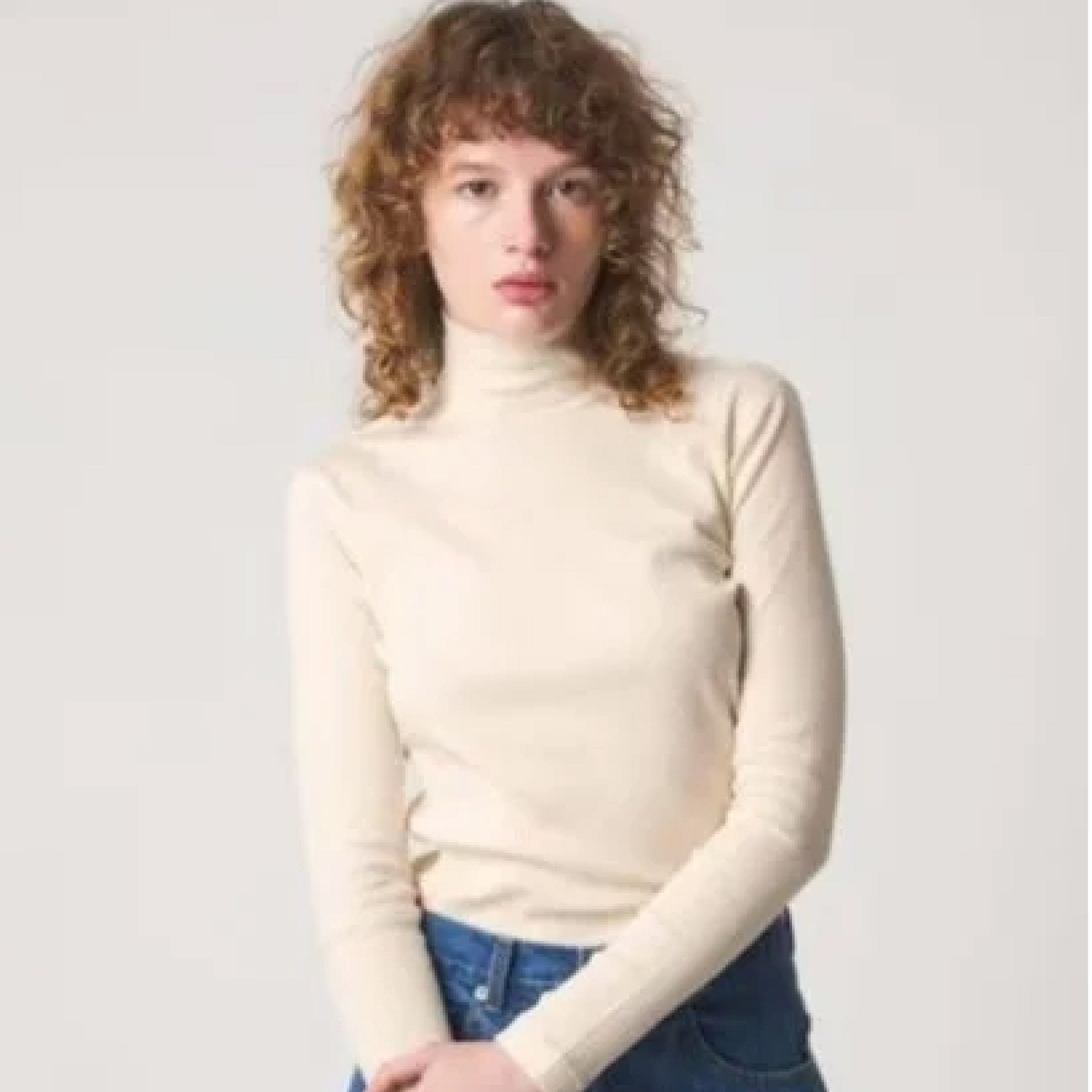
STEVEN ALAN × UNDYED 無染色オーガニックコットンで仕立てたリブシリーズが発売中
MNインターファッション株式会社が展開する、“染めない、ここちよさ”を提案するブランド「UNDYED(アンダイド)」のテキスタイルが、株式会社ユナイテッドアローズ(本部オフィス:東京都渋谷区、代表取締役 社長執行役員 CEO:松崎 善則)のブランド「STEVEN ALAN(スティーブン アラン)」のアイテムに採用されました。 綿花本来の自然な色合いを活かしたUNDYEDのオーガニックコッ...
Read more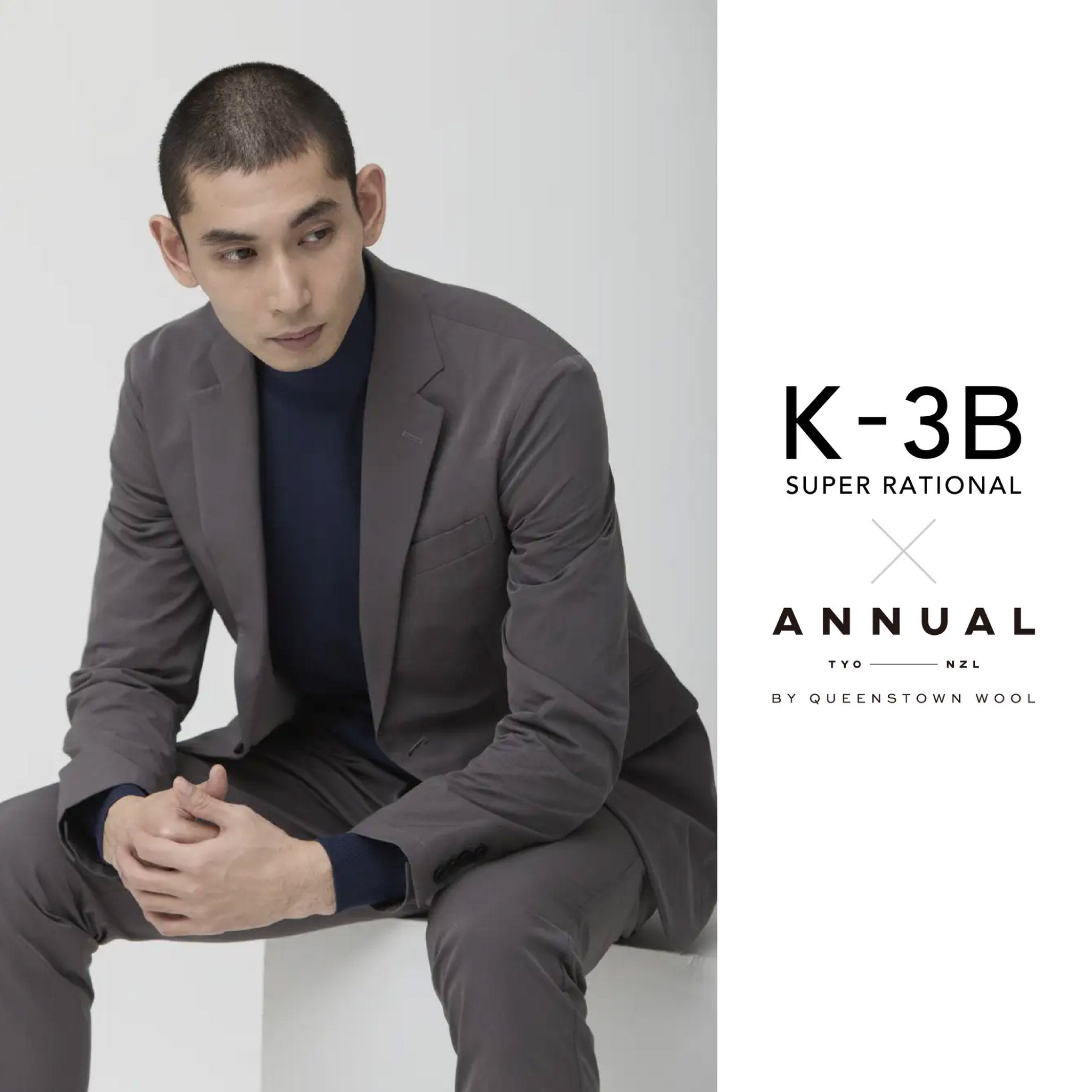
K-3B × ANNUAL|ニュージーランドウールの上質素材が引き立てる、快適で洗練されたビジネスカジュアルニット2型登場
MNインターファッション株式会社が展開する製品ブランド「ANNUAL(アニュアル)」が、カジナイロン株式会社(本社:石川県金沢市、代表取締役社長:梶 政隆)が手掛ける高機能テックウェアブランド「K-3B(ケースリービー)」に採用されました。 天然素材の持つ優しい風合いと心地よさを活かしながら、K-3Bの機能性を引き立てるデザインに仕上げた、オン・オフ問わず活躍する汎用性の高いアイテ...
Read more


